Written by Rachel de Barros Oliveira, Ph.D. Candidate McGill University
Source: Anxious and alert? Hypervigilance in social anxiety disorder. Wermes et al. Psychiatry Research
Volume 269, November 2018, Pages 740-745 https://doi.org/10.1016/j.psychres.2018.08.086
How to help children with anxiety or social anxiety has been a common question from parents this past year (you can post your questions here). In one of our past posts, we talked about Social Anxiety Disorder (SAD).
Today we will expand a little bit more about the hypervigilance state and anxiety. I will start by defining some of these terms:
Anxiety
The emotional state is characterized by affective, cognitive, and behavioral changes in response to a potential future threat.
Social Anxiety Disorder (SAD)
Persistent and impaired fear of one or more social situations (being judged by others) making it hard to do everyday tasks.
Hypervigilance
State of high alert that makes a person extremely sensitive to their surroundings and constantly assessing potential threats.
In 2013, Dan W. Grupe and Jack B. Nitschke did a review about uncertainty and anxiety. In their review, they combined other articles to create an integrated view of anxiety. They propose a model of “uncertainty and anticipation model of anxiety (USMA)”.
What does that mean? The authors argue that anxiety disorders have an excessive and aberrant anticipatory response under conditions of uncertain threat. To better understand anxiety, they proposed a model that highlights 5 processes (and neural mechanisms) that are involved in responding to threat uncertainty.
Imagine this scenario: You are going to a job interview, and you start to prepare for the questions. During the preparation, you start to worry if the interviewer will judge, humiliate, or reject you. Then you enter the 5 steps (5 processes):
-
First step: Assessment of the probability of the threat (how realistic and real the threat can be in the environment that you are in)
-
Second step: Turn on the hypervigilance state (pay more attention to what is worrying you)
-
Third step: Pay attention to all details (including clues that indicate that you are safe)
-
Fourth step: Investigate more (to answer your safety questions)
-
Fifth step: Calming heart rate and relaxing (because the uncertain threat is not real)
People with Social Anxiety Disorder tend to have maladaptive responses to uncertainty threats (the most common stimuli can be perceived as a threat), failing to calm their heart rate and relax. They increased their threat attention and turn it on their hypervigilant state, making every social interaction perceived as a threat. In this state, even a simple “Hi” can be perceived as something dangerous.
People with anxiety experience not only behavioral changes but biological ones too. People with SAD have an increase in amygdala activity. The amygdala has connections with another part of the brain that responds to assign subjective value to potential future events. Because of these connections, an increased amygdala activity will lead to a hypervigilant state under conditions of uncertainty.
What can you do to help you or your child to break the cycle of amygdala activation and hypervigilant state?
-
Taking your mind from the automatic setting can be a good strategy. You can start by going back to the 5 processes one by one, accessing the real threat.
-
Another good strategy is taking your mind away from the uncertainty of the future and focusing on the present. You can do this by practicing mindfulness, a powerful tool that can help us to cope with our emotions (we talked more about this on our Instagram).
I hope this post gave you a new perspective on anxiety. Got more questions? Please let us know in the comment section below. We will send your questions to the authors of this article and share the answers with you.
*Please note: If you or your child are experiencing signs of SAD, you should talk with a healthcare provider. There are many ways to improve SAD symptoms, while at the same time improving the quality of life for your family.



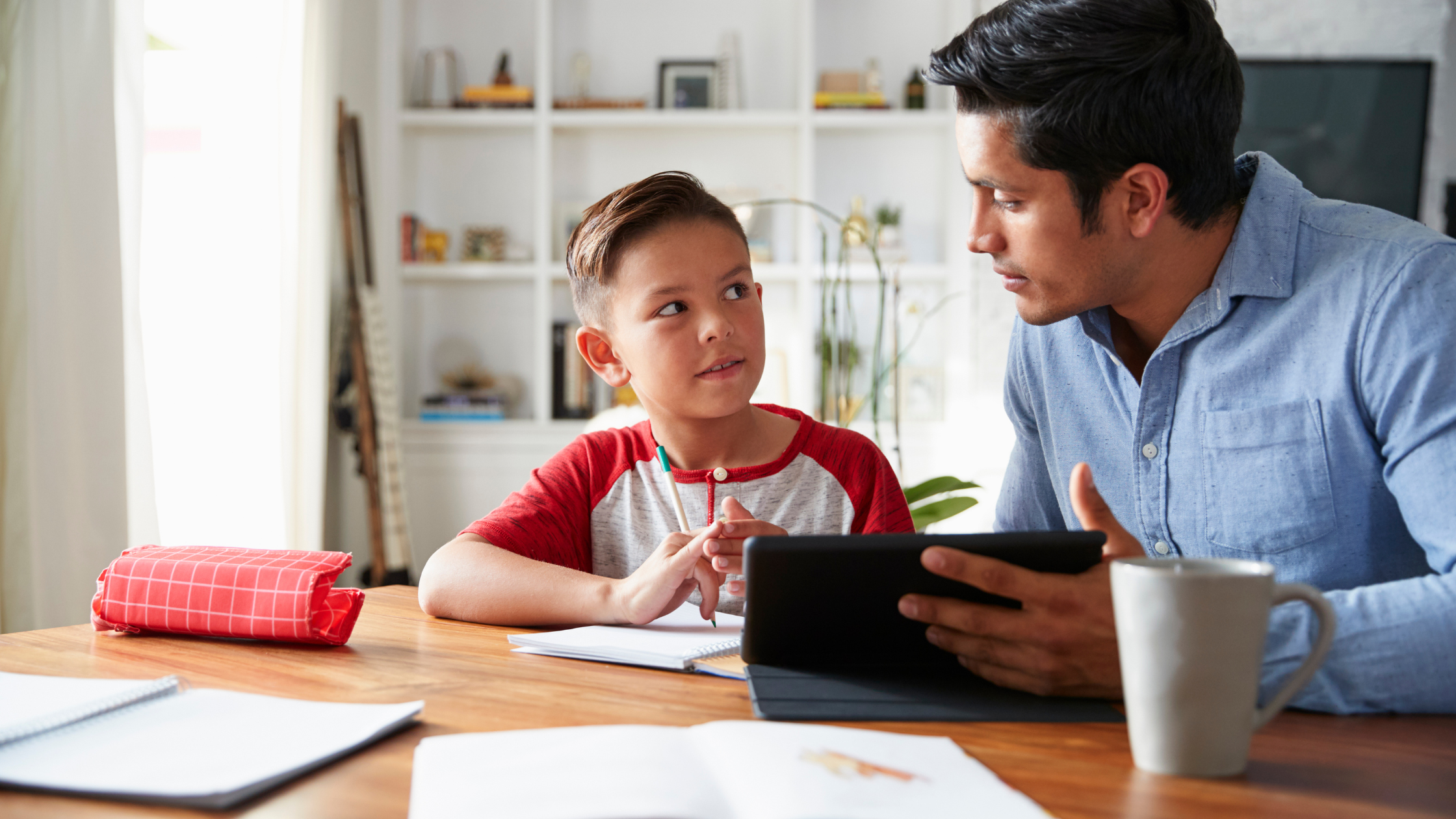

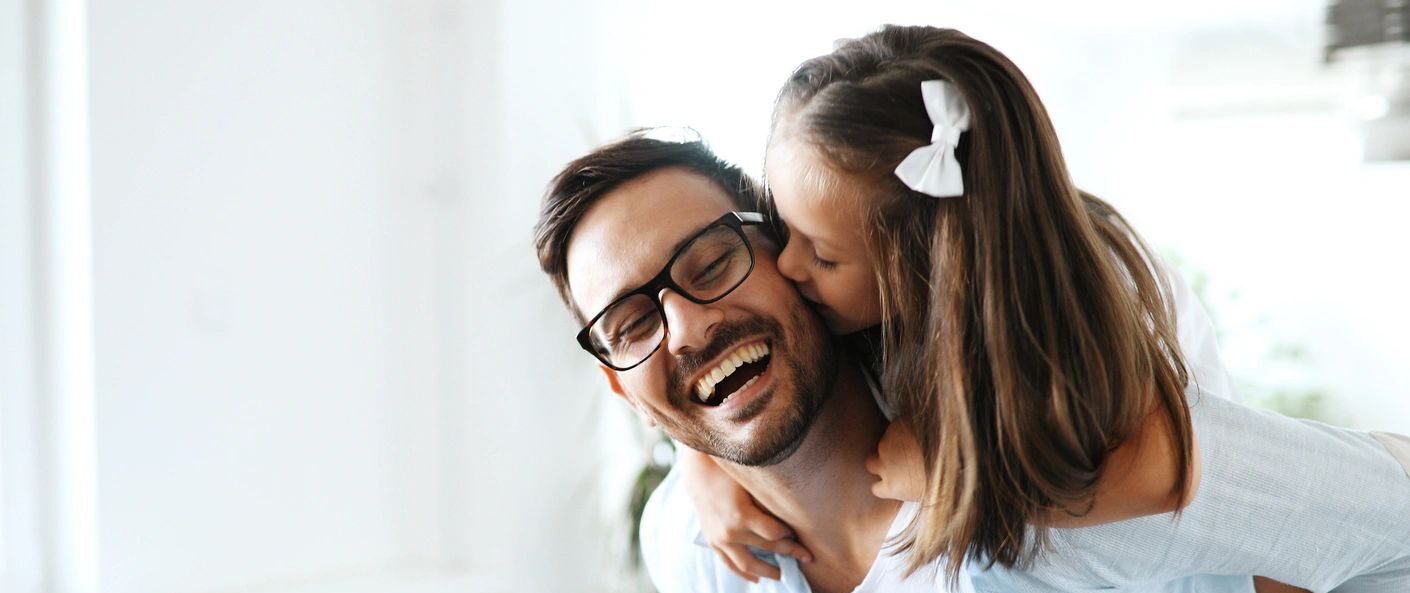
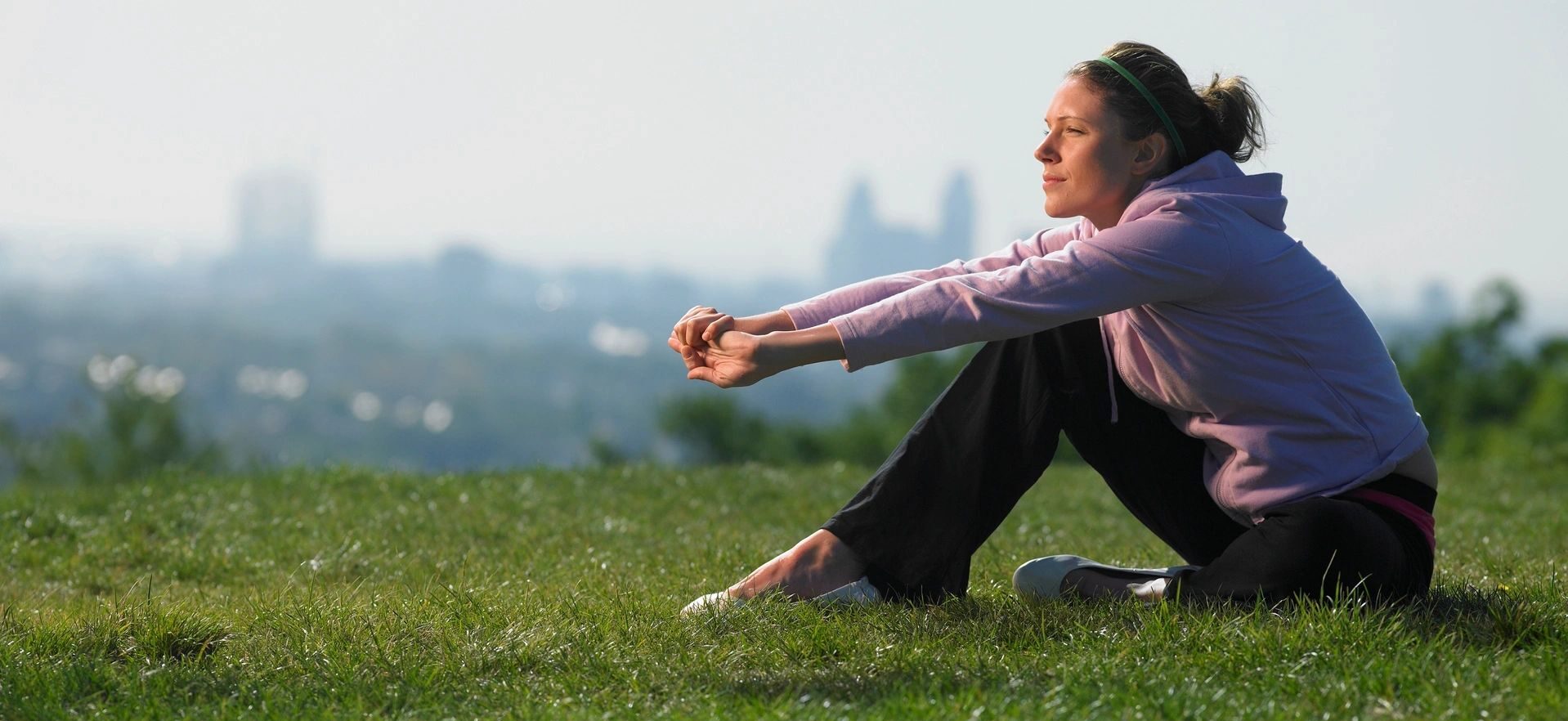


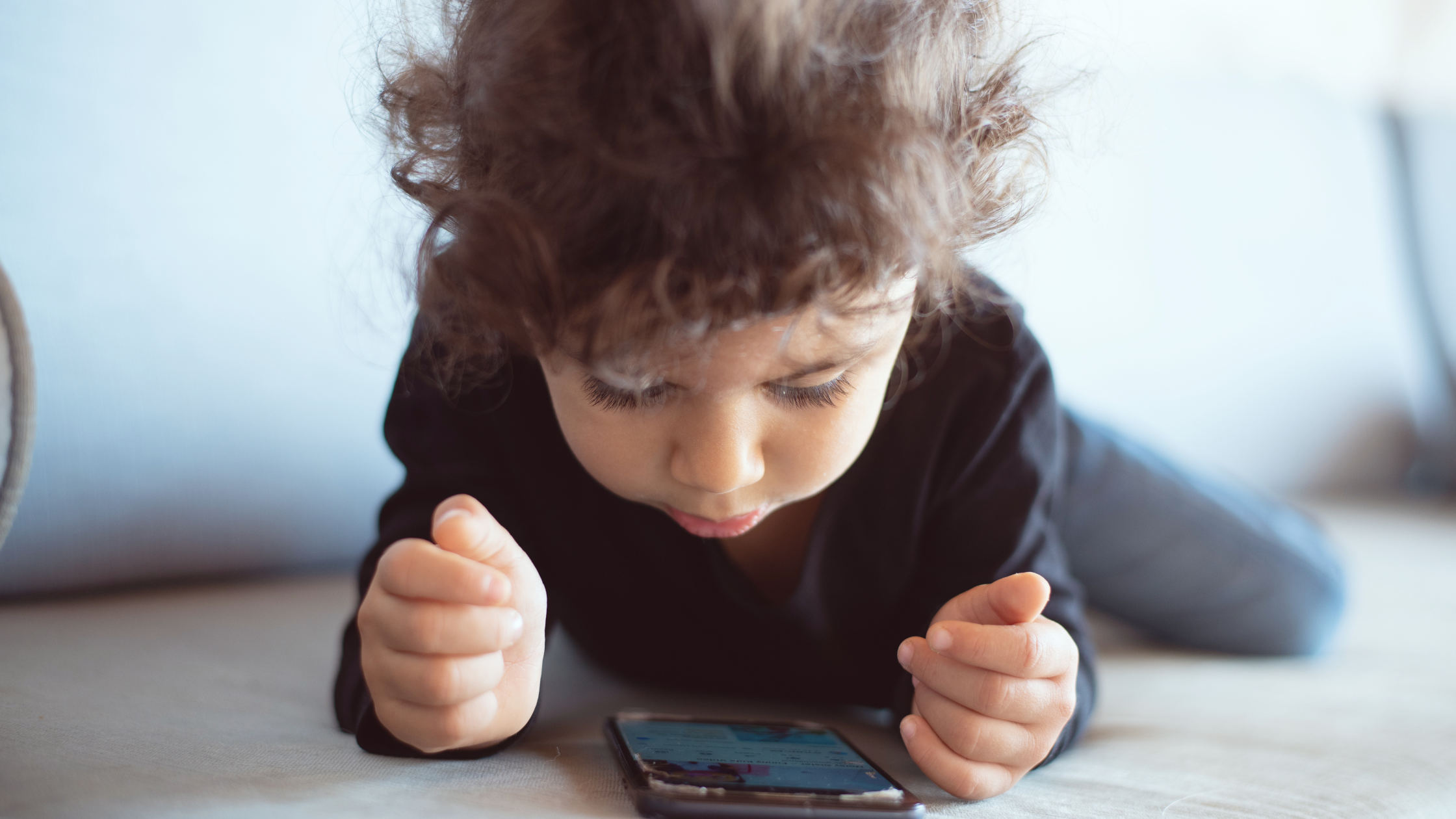



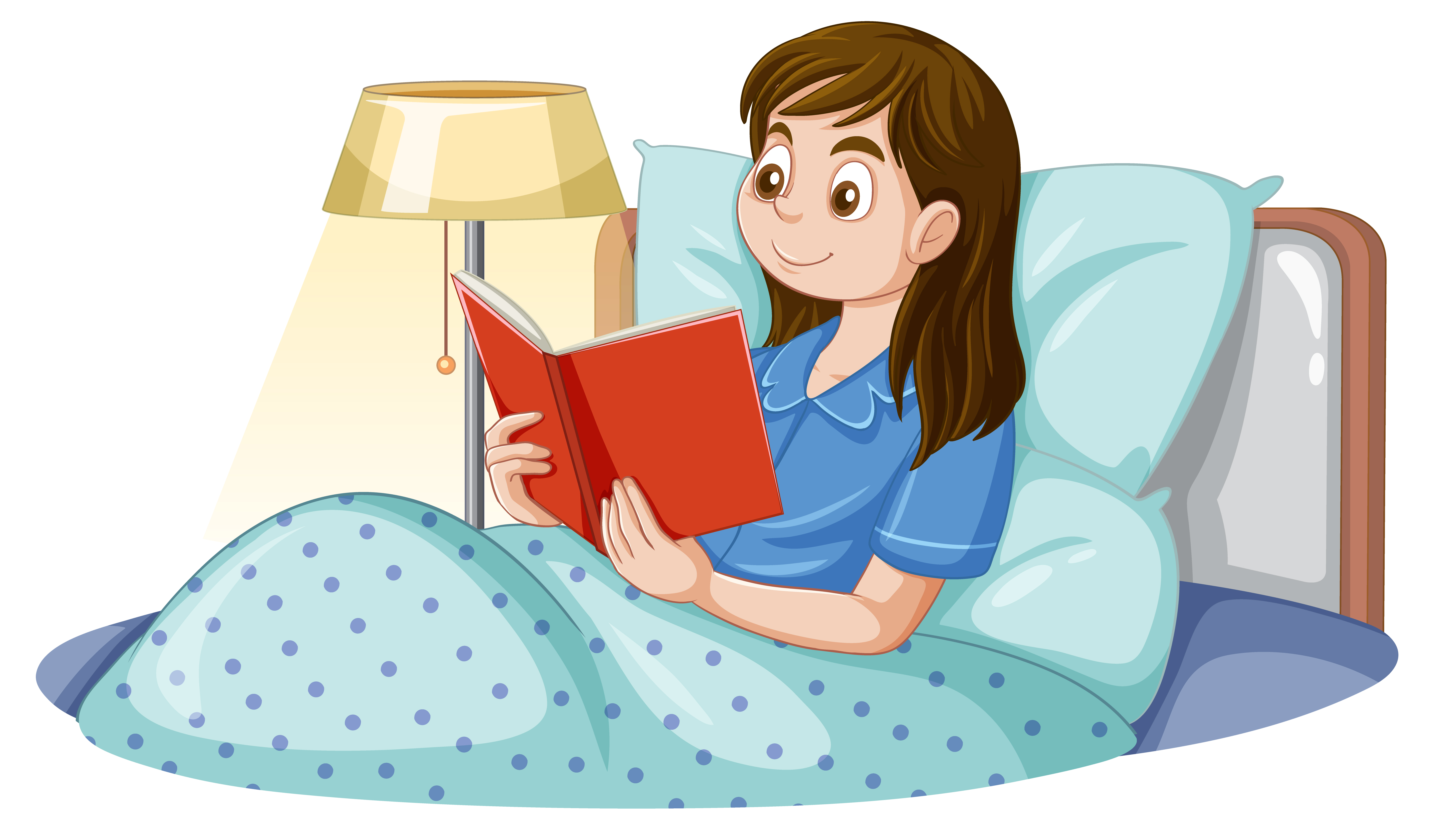
<p>Hi Sarah!<br/>Thanks for the question. You can see the response to your question answered by Dr. Cara Goodwin added above.</p>
<p>How do you walk a 5 year-old through the 5 steps? Thank you.</p>